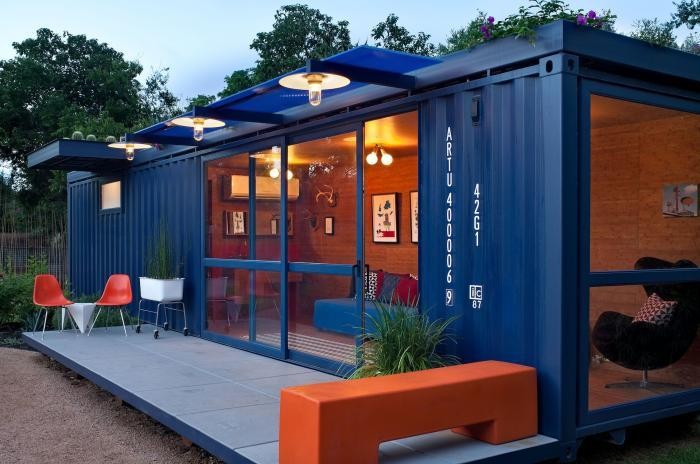A common misconception among businesses is that they need to provide lavish perks in the workplace to entice and retain talented employees. Workers value peace and quiet at the office more than a beer garden or a candy wall.
According to the 2018 Udemy Workplace Distraction Report, loud office environments are only topped by talkative coworkers as the most disruptive factor to employees’ ability to get work done.
Employee morale and well-being are both negatively impacted by loud offices. The U.S. General Services Administration defines “acoustical comfort” as “appropriate acoustical support for interaction, confidentiality, and concentrative work” in an exhaustive study.
5 Ways To Stay Combat Office Noise
Install Office Flooring That Reduces Noise
One of the easiest and most evident methods to reduce workplace noise is to cover concrete flooring with carpet. Carpeting that is both simple to maintain and aesthetically pleasing may be found with the assistance of any number of office design companies. Still, you aren’t required to stick to concrete or carpet.
As an alternative, luxury vinyl tile (LVT) has been more popular over the past decade. There is a large selection of LVT styles available, many convincing mimics of more expensive materials like genuine stone and hardwood, but they also provide several advantages.
The upfront, recurring, and repair expenses are all reduced. The material is more long-lasting than oak or stone and is quite sturdy. It handles the wear and tear of office chairs really well. Plus, it does a better job of dampening noise than any other kind of hard flooring.
Picking the Right Office Furnishings
The design of today’s offices frequently takes on a more minimalist aesthetic, with bare flooring and ceilings left unfinished. And although the fact that this results in a tidier appearance, it also means that nothing exists to soak sound.
The increasing need for more open and adaptable working spaces has led to an expansion in the selection of sound-absorbing office furniture that is now on the market. These pieces, also known as acoustic furniture, are built with certain proportions and textiles meant to limit the amount of noise generated in an office setting.
It is possible to set up a modest collaboration space with the help of acoustic furniture, which allows employees to hold impromptu meetings.
Selecting The Proper Office Design
Ensure the current office design works towards your end objective before introducing any new features. That is why it’s not ideal to have a fully open floor plan for your company. While an open floor plan may be great for teamwork, the lack of privacy and distractions that come with it can be detrimental to efficiency. Activity-based working (ABW) spaces might be a great alternative to an open office layout.
In an ABW setting, you’ll find both public and private spaces designed for different kinds of work. Employees may access phone booths to make and accept calls in peace. To further reduce workplace noise, busy areas like kitchens, break rooms, and meeting rooms should be located far from individual desks.
Outfit the Room with Soundproofing Fixtures
You can furthermore install acoustic ceiling clouds or baffles in addition to making use of acoustic furnishings. The horizontal suspension of clouds from the ceiling makes them an excellent option for commercial settings with restricted wall space. They lower the overall noise level in the office and control the reverberation of sound.
Baffles are suspended horizontally from the ceiling and are most effective in rooms that have high ceilings. A baffle can absorb more sound due to its bigger surface area, and its sides are visible outside.
As an alternative to clouds and baffles, acoustic wall panels are a fantastic choice for a place of business on the more compact side or with lower ceilings. Wall panels may not only lessen the amount of noise in a workplace, but they can also inject some welcome color.
Add Some Background Office Noise
Cognitive activities (such as working with numbers and reading and interpreting text) are more negatively impacted by intermittent speech than by continuous speech or ambient noise, according to a meta-analysis of 242 studies on the effects of noise on performance. The problem is that our brains have more trouble tuning out intermittent speech due to the higher variation in loudness and rhythm that characterizes it.
In contrast to the preceding tactics, which focus on lowering background noise in the workplace, the last option uses a sound masking system to increase ambient noise to the desired level. Consistent, low-level ambient noise from a sound masking system makes it more difficult to overhear disturbing talks taking place off to the side.



















